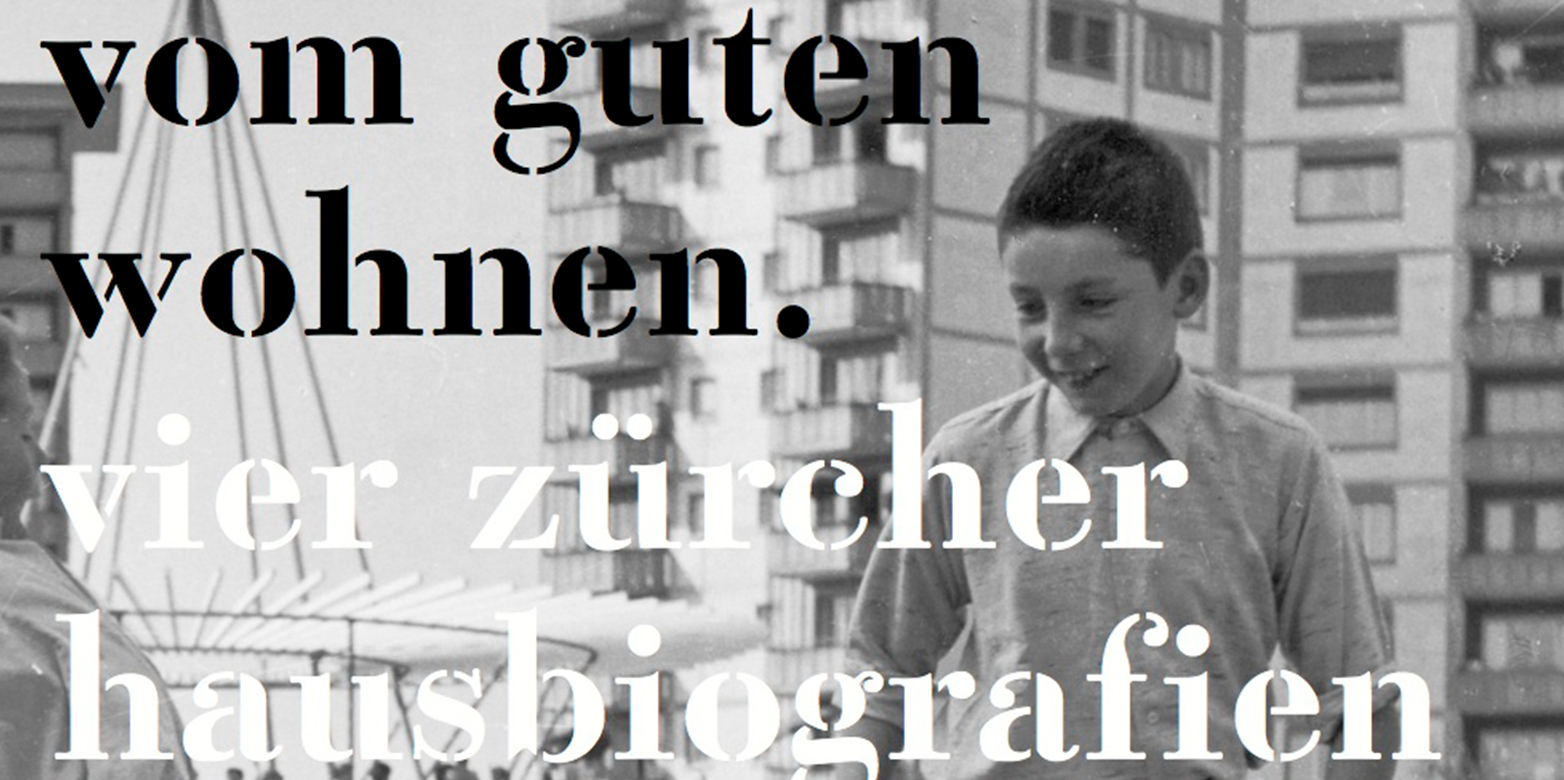On the Career of Durability

House-Biographies of Highly Appreciated Residential Buildings (1900 – now)
This project is supported by the Swiss National Science Foundation snsf and the ‘Liegenschaftenverwaltung’ of the city of Zurich. Its aim is to examine the durability of multi-family residential buildings as seen from a cultural, historical perspective. Drawing on various concepts of quality, the project focuses on a select number of residential buildings in Zurich from different periods in the 20th century and analyses their longevity, that is, their biography.
Residential architecture is characterised by a high degree of longevity. This implies an anchorage in regional practices as well as the dependence on the acceptance of the users who are, on their part, shaped by these conventions. It is very appropriate to focus on residential architecture insofar as the level of complexity of the expected results – including social, economic, architectural and urban-cultural elements – draws on this entire spectrum. We thus are interested in particularly durable ‘everyday’ architecture. We assume that by analysing highly appreciated residential buildings that were built with different building quality standards and for different societal groups, it is possible to gain new knowledge on the various social, cultural, and material qualities inherent in this durability.
The project offers a cultural, historical expansion of the primarily technological perspective of previous studies. It includes the perspective of the users and a focus on the way the architecture has been evaluated by the inhabitants, the owners, and the public throughout the life span of the building. In this way, it is possible to direct focused attention on those properties and conditions of quality that contribute to the durability of a building and which can be traced across generations.
2007 to 2009